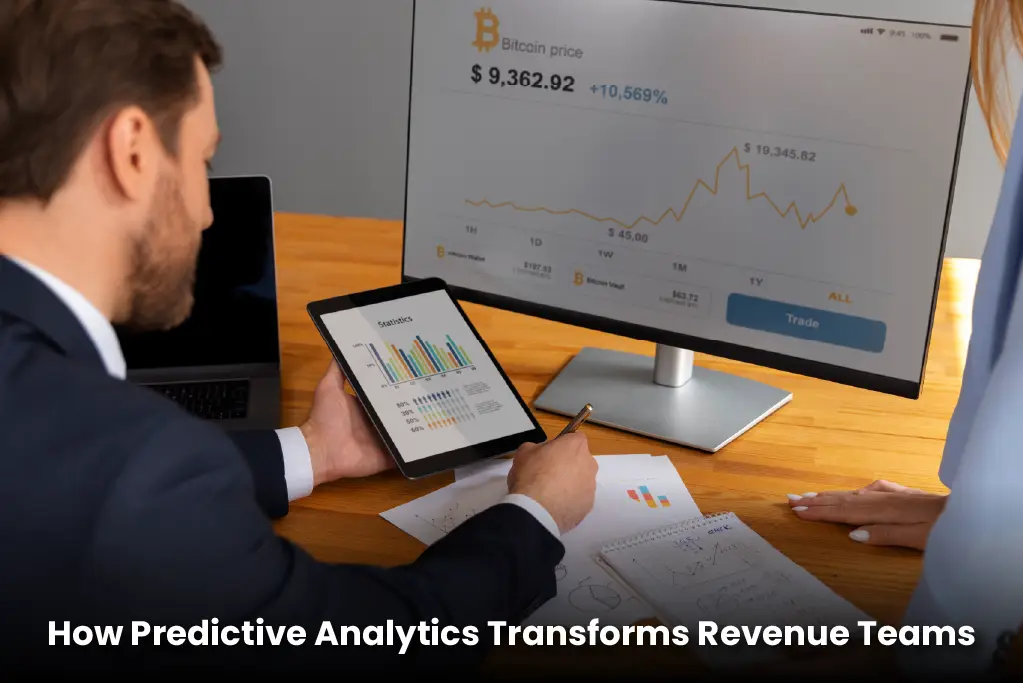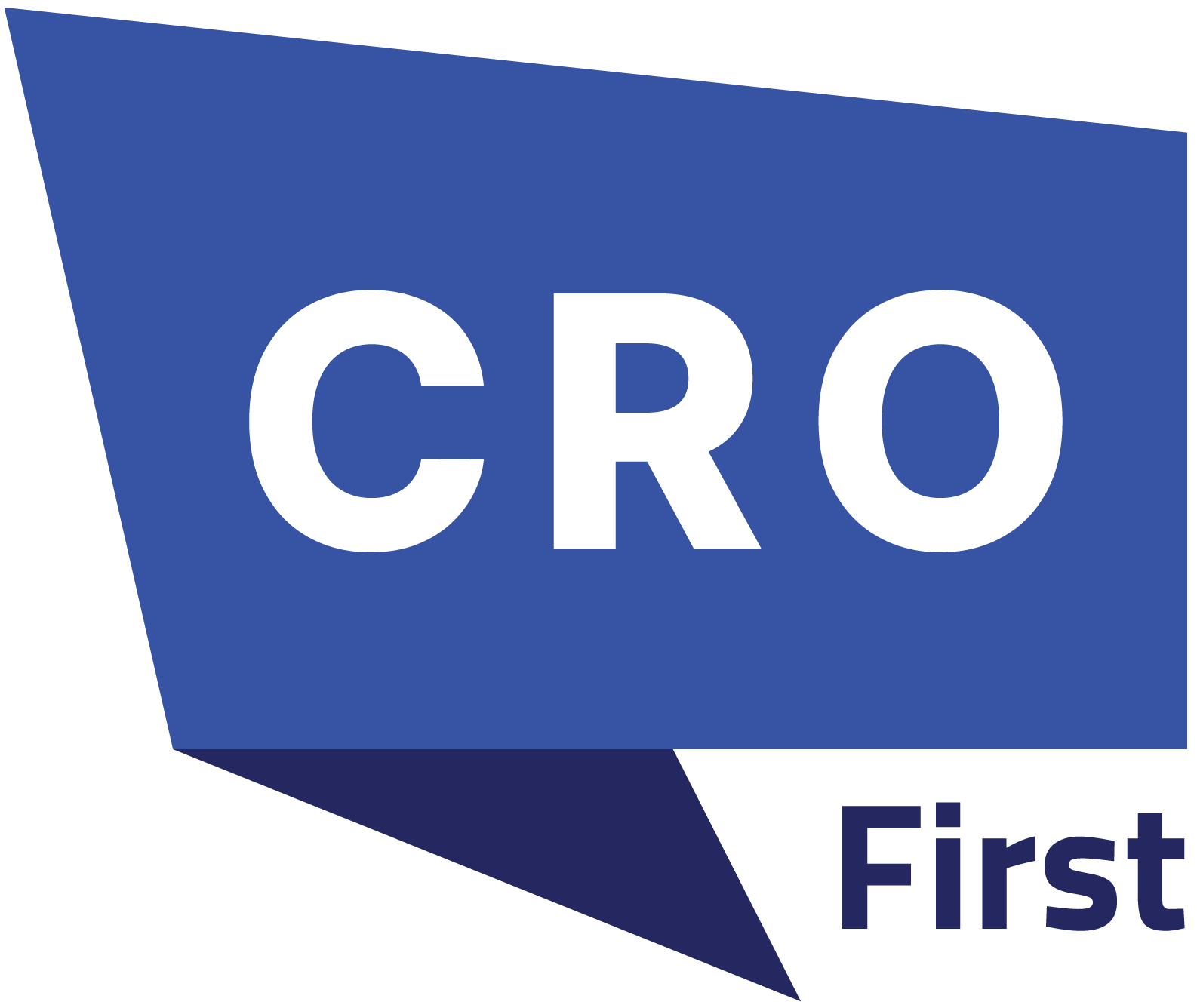In the fast-paced realm of revenue leadership, intuition often guides key decisions. Experienced Chief Revenue Officers (CROs) take pride in their skill to ‘read the room.’ They can forecast pipelines from instinct and seal deals with their strong personalities. In a volatile market, customer expectations change, and competition increases. Relying only on instincts isn’t wise anymore. Predictive analytics is a game-changer. It turns raw data into actionable insights. This helps CROs lead with precision, agility, and foresight.
The Limits of Intuition in Modern Revenue Leadership
There’s an undeniable allure to trusting one’s instincts. Years of experience help leaders spot patterns and make quick decisions. But even the sharpest intuition falters when faced with complex, data-rich environments. Forecasting quarterly revenue in a global business is tough. There are many factors to consider. These include market changes, supply chain issues, competitor prices, and geopolitical events. Human brains simply aren’t wired to process this volume of information accurately.
Take the case of a mid-sized SaaS company that relied on its CRO’s ‘gut feel’ to predict annual renewals. The leader felt confident, but the team missed its target by a lot. They were caught off guard by unexpected losses from an important customer group. We checked the data and saw that small changes in user engagement metrics were hidden in the dashboards. These changes warned us of the risk months earlier. The lesson? Intuition alone can’t decode the hidden stories within data.
The Predictive Analytics Advantage
Predictive analytics bridges the gap between instinct and evidence. It uses machine learning, statistical modeling, and historical data. This method finds trends, spots risks, and predicts outcomes more accurately than humans. For CROs, it’s not just about avoiding mistakes. It’s also about finding smart strategies that lead to lasting growth.
Imagine knowing which deals in your pipeline will close. You can spot customers at risk of churning. You can also find markets with untapped potential. You’ll be aware of these opportunities and threats before they happen. Predictive tools analyze various factors. They consider email response times and demographic trends to generate insights. A global manufacturing firm used predictive analytics to focus its sales efforts. This led to higher win rates and less wasted resources on unlikely deals.
Perhaps most compelling is the ability to anticipate customer needs. Predictive models can analyze client behavior. They flag when a client may be ready for an upsell or cross-sell. This allows for outreach that feels like a helpful solution instead of a sales pitch. In fact, loyal customers are five times as likely to repurchase and seven times as likely to try a new offering when targeted with personalized offers.
How Predictive Analytics Transforms Revenue Teams

Predictive analytics is not just a theory. It is changing how smart organizations work. A software company added predictive scoring to its CRM. This helps account executives target leads that are most likely to convert. The result? A measurable increase in pipeline velocity and a shorter sales cycle. Companies that use predictive analytics have seen a 14% reduction in sales cycle length.
Customer success teams are also reaping rewards. A fintech startup used predictive churn models. This helped them find at-risk accounts six months before contract renewals. The early warning system helped the team tackle concerns early. This cut annual churn by almost a third.
Even pricing strategies are evolving. Dynamic pricing models use predictive analytics. They help companies adjust offers fast. This is based on demand, competitor moves, and customer pricing willingness. A travel tech company used this method to improve pricing for its SaaS platform. This led to double-digit revenue growth, all without adding more customers.
Overcoming Implementation Hurdles
Adopting predictive analytics isn’t without challenges. Data silos, legacy systems, and cultural resistance often stall progress. The rewards greatly outweigh the challenges for leaders who navigate the transition carefully.
Start by fostering a data-driven mindset. Revenue teams should see analytics as essential, not just a ‘nice-to-have.’ This requires training, clear communication, and visible buy-in from leadership. A healthcare tech CRO led this change by placing data analysts in sales pods. This set up a feedback loop. It boosted predictive models and made analytics clearer for frontline teams.
Next, prioritize data quality. Predictive models are only as reliable as the data fueling them. Incomplete CRM entries, inconsistent tracking, and outdated information undermine accuracy. Work with IT and data engineering teams. Set up strong governance frameworks. Automate data cleaning processes. Connect different systems.
Finally, choose the right tools; not the flashiest ones. The market has many AI-powered platforms. However, the best ones fit your needs. A media company quickly saw a return on investment. It began with a simple churn prediction tool instead of changing its whole tech setup.
The Future of Revenue Leadership Includes Ethics, Agility, and Continuous Learning
As predictive analytics becomes mainstream, CROs must also grapple with ethical considerations. Bias in algorithms, data privacy concerns, and over-reliance on automation demand careful oversight. Simple practices, like checking models for fairness, help build trust. Involving people in decisions also strengthens that trust within the organization and beyond.
Agility is equally critical. Predictive models must evolve alongside markets. Regularly retraining algorithms with fresh data ensures they remain relevant. A retail CRO states that monthly model updates help her team adapt to consumer behavior changes since the pandemic. This lets them stay ahead of competitors.
Above all, the rise of predictive analytics underscores the need for continuous learning. Revenue leaders don’t have to be data scientists. They need to learn to ask good questions. They should challenge ideas and understand results wisely.
Embracing the Data-Driven Imperative

The role of the CRO is evolving from art to science; a blend of strategic vision and analytical rigor. Predictive analytics isn’t about replacing intuition; it’s about augmenting it. Leaders can use data to reduce risks, grab opportunities, and boost growth confidently.
If you’re unsure, think about this: your competitors are already using these tools. Groups that stick to old ways may fall behind now that data is a key advantage. The question isn’t if you should adopt predictive analytics. It’s about how fast you can add it to your revenue playbook.
The future belongs to leaders who dare to let data guide them. Are you ready to lead the charge?

